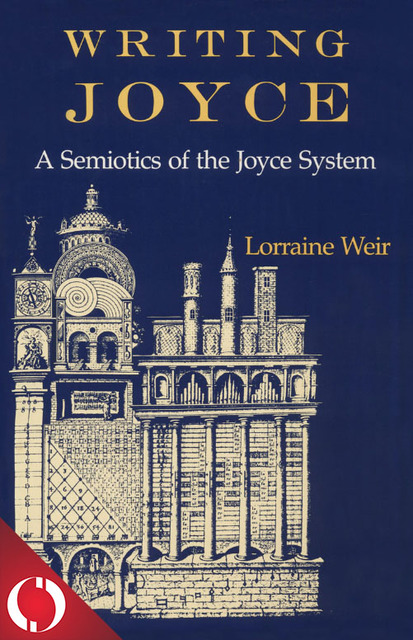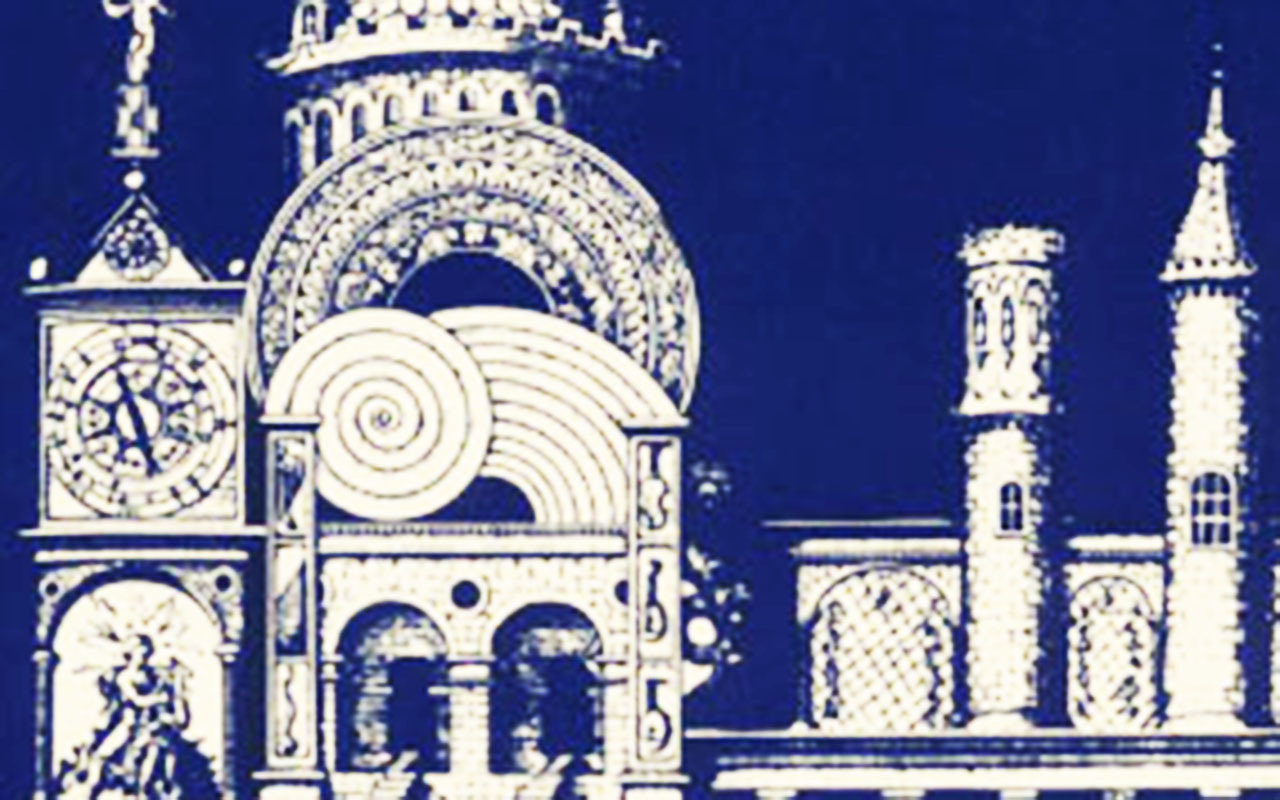Writing Joyce
Semiotics of the Joyce System
In Writing Joyce, Lorraine Weir proposes a paradigm shift in Joyce studies away from the preoccupation with referential mimesis and toward a theory of processual mimesis and a materialist semiotics. Rather than emphasize plot, character, and psychology, Weir approaches A Portrait of the Artist as a Young Man, Ulysses, and Finnegan's Wake as a system, a memory theater whose mnemonic repertoires readers comprehend according to directives coded in the text. "In Writing Joyce," says Weir, "we encounter the system as a teaching machine, whose purpose is to teach us itself."
To write the system is both to invent and to perform it," she writes, " 'invent' in the medieval rhetorical sense of invention, to come upon or discover what is already given and, working with the text, to 'draw out' or foreground its modes of operation. In the process of acquiring competence in the working of the system, to write Joyce is to be written by the system which is 'Joyce.'"
Weir's book reconsiders such familiar topoi in Joyce studies as epiphany, catechism, pun/catachresis, and Joycean "music" from within a semiotics of the system as performative discourse. Rejecting postmodernism's construction of high modernism, Writing Joyce seeks an expanded understanding of modernity that reaches back to Gothic pedagogy and to Vico's new science, to a grammatology grounded in a semiotics of the perceived environment as a knowable world. Through the discussion of texts ranging from Ignatius Loyola to Roland Barthes and from Giambattista Vico to Louis Zukofsky, Writing Joyce seeks to formulate the Joyce system in its own terms while expanding the boundaries of literary semiotics.

Table of Contents
Metadata
- isbn978-0-253-05423-4
- publisherIndiana University Press
- publisher placeBloomington, Indiana USA
- restrictionsCC-BY-NC-ND
- rightsCopyright © Trustees of Indiana University
- rights holderIndiana University Press
- rights territoryWorld
- doi
We use cookies to analyze our traffic. Please decide if you are willing to accept cookies from our website. You can change this setting anytime in Privacy Settings.


